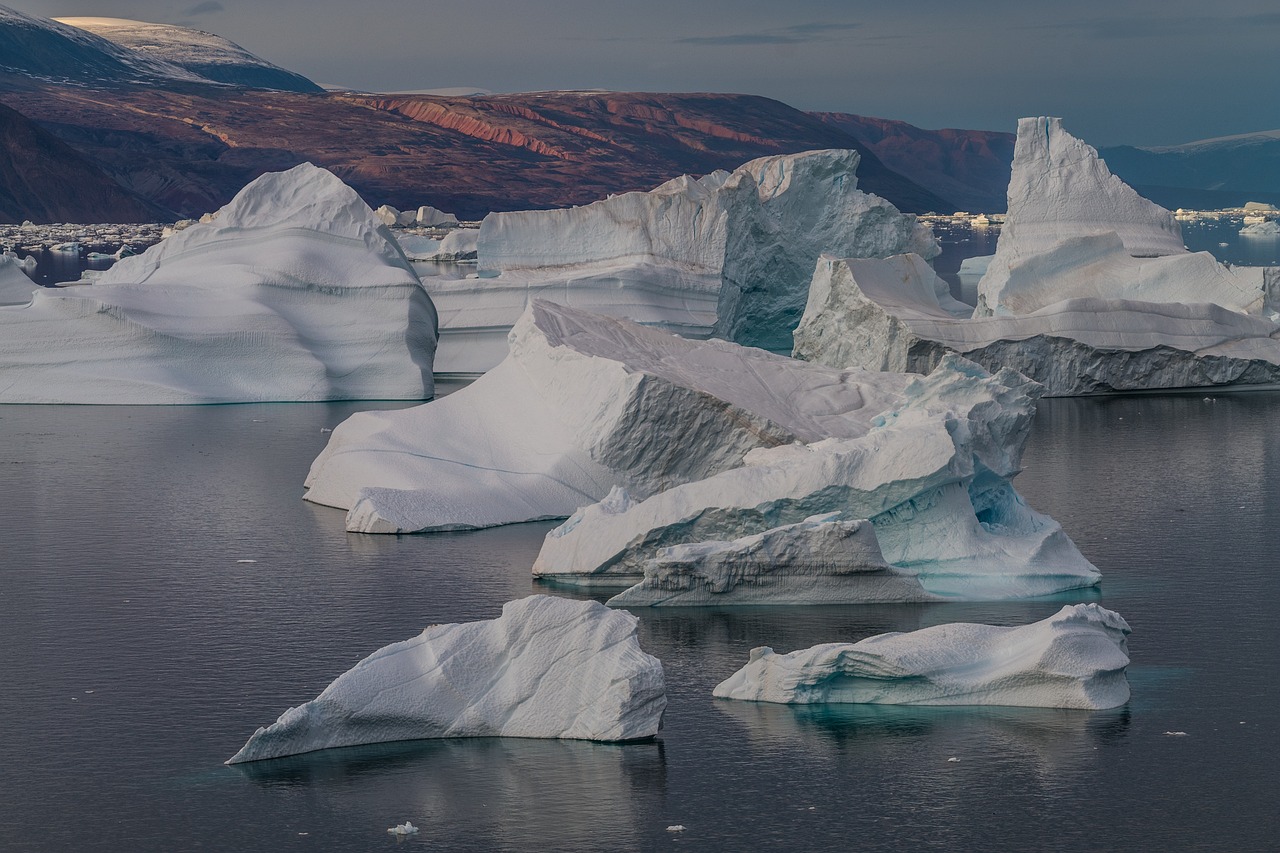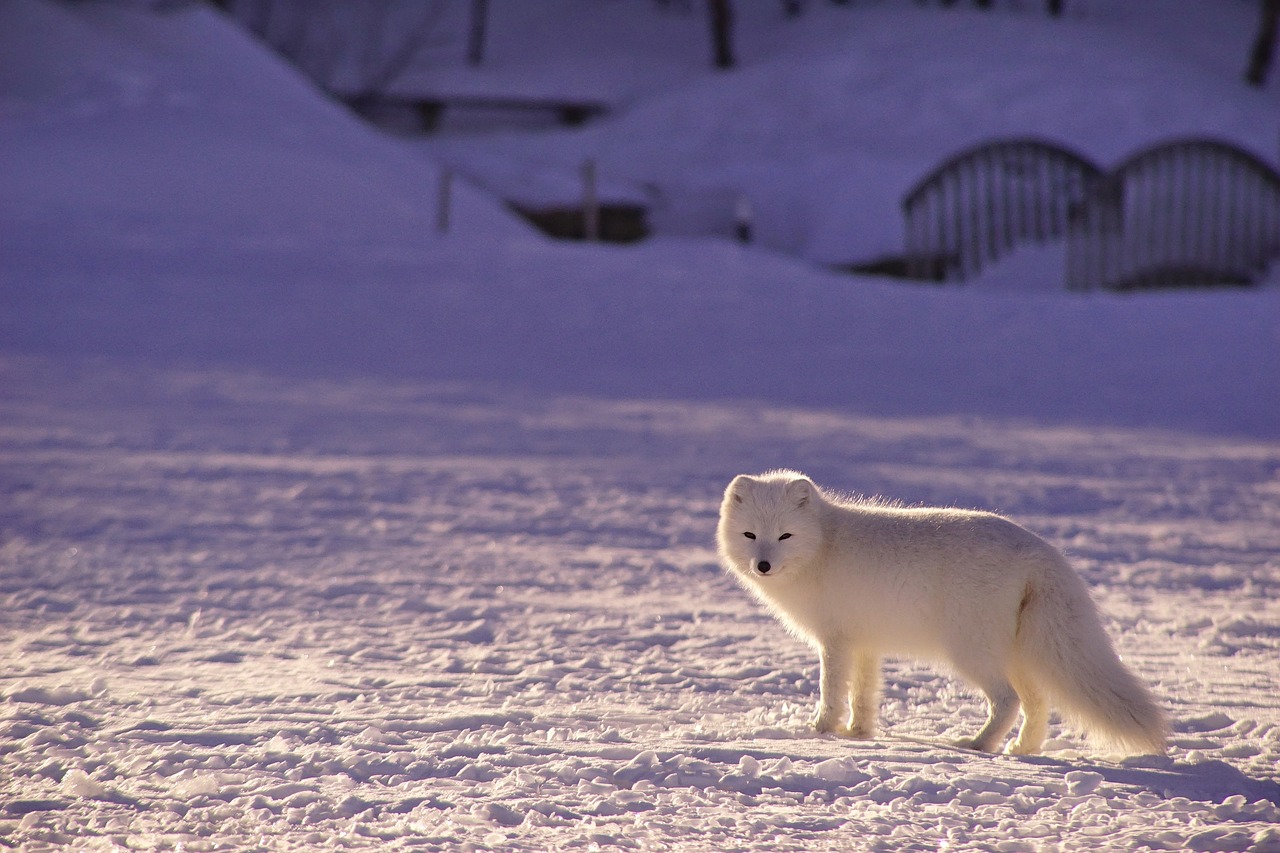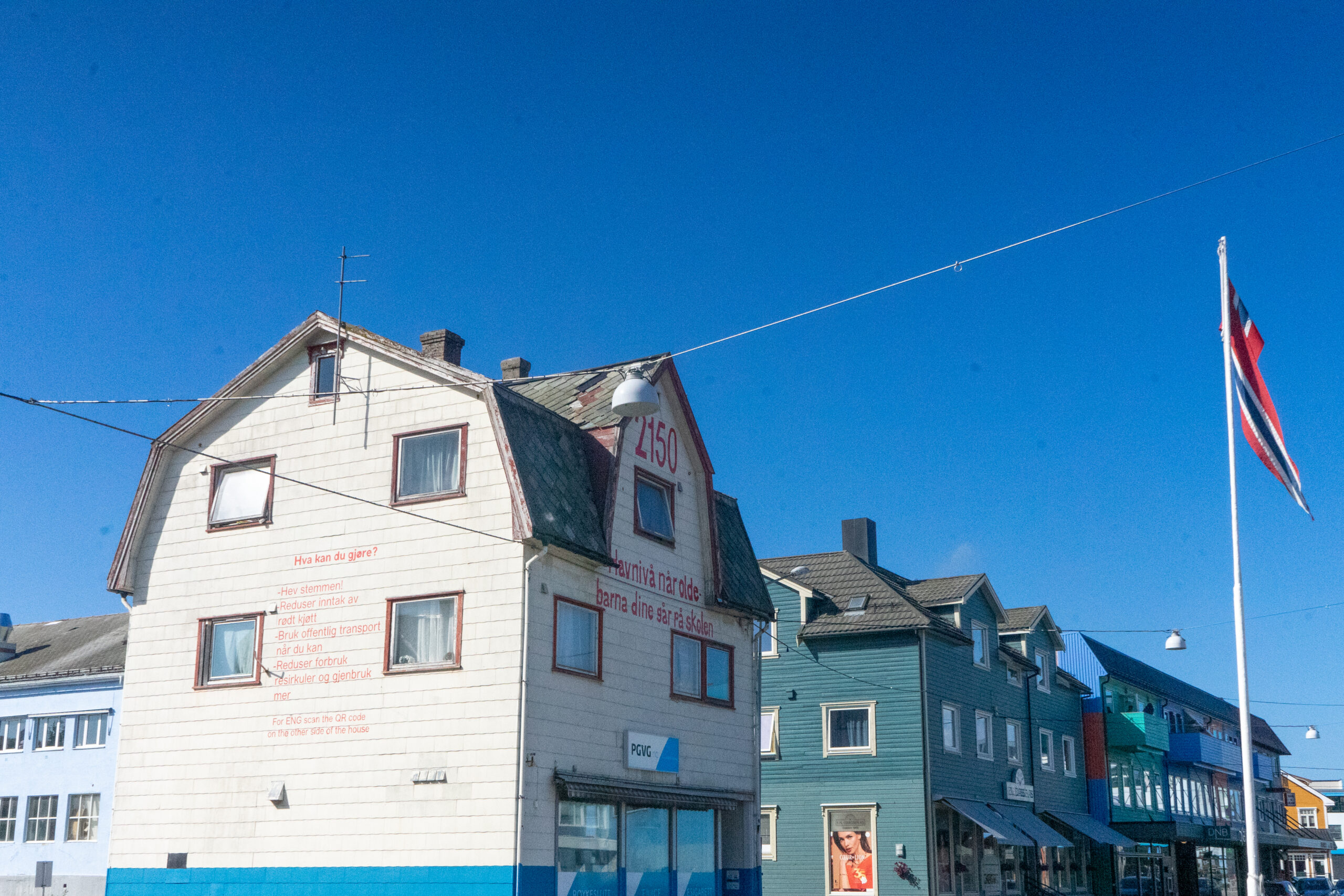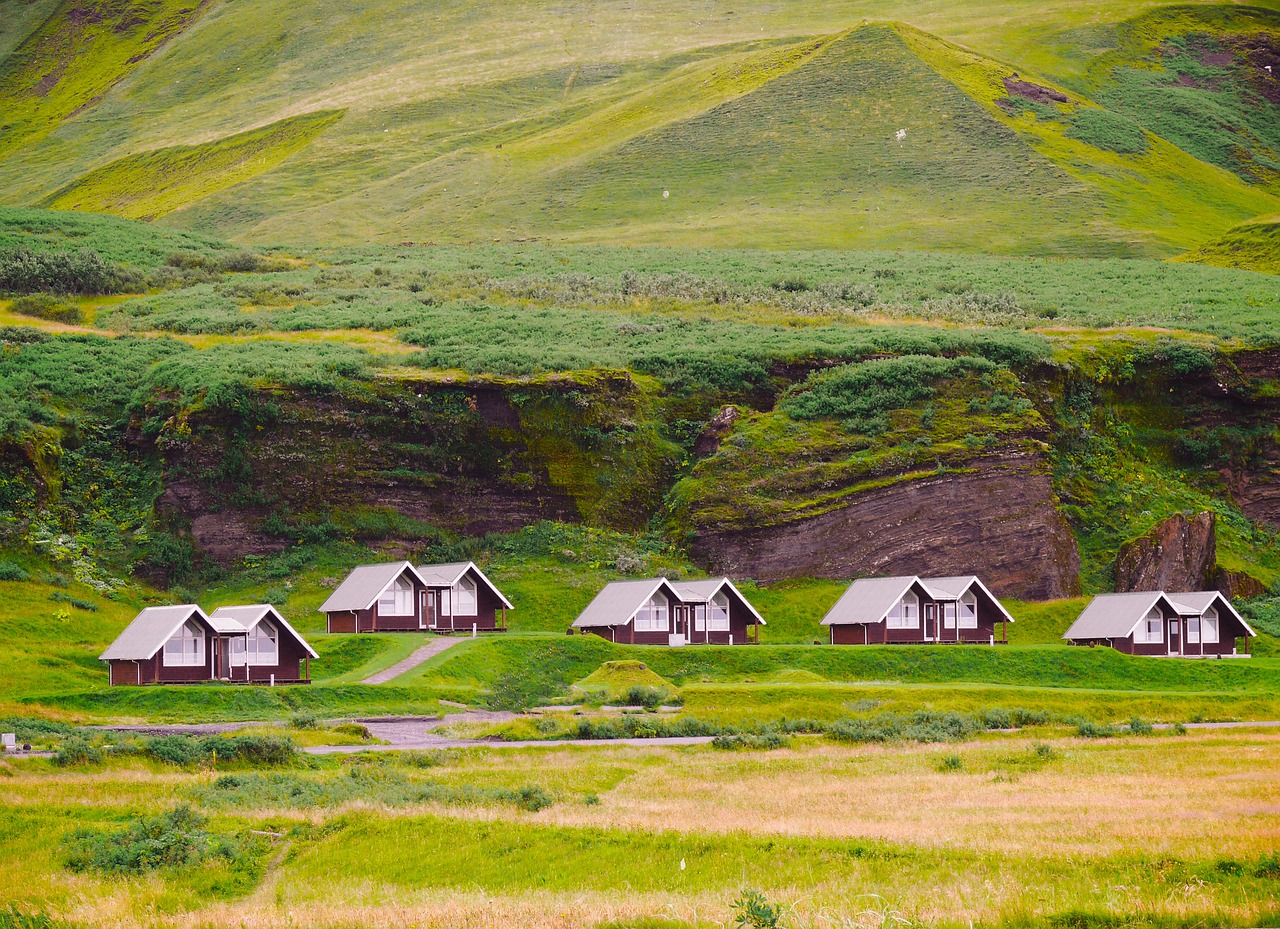Understanding the Arctic Through Indigenous’ Perspectives
Interview with Dr Mia Landauer, University Researcher at the Arctic Centre of the University of Lapland, Finland, and Henry P. Huntington, Ph.D., Director of Arctic Science at Ocean Conservancy.
There are many Arctics. This diverse region stretches across the northernmost part of the earth featuring a distinctive ecosystem and a variety of unique cultures. This interview with Marta Asenjo Fernández from REVOLVE, discusses the integration of local communities into scientific research, the current state of cooperation between researchers and these communities, and how international policies and external actors can and should protect the rights and traditions of Arctic indigenous Peoples.
What is the Arctic, and how does our perception—especially from Western countries—differ from that of local Arctic communities? How might these differing perspectives influence responses to climate change and collaboration with the scientific community?
Mia: The Arctic refers to the region around the Earth’s North Pole, including the Arctic Ocean and adjacent landmasses. It is characterized by its extreme cold temperatures, unique ecosystems, the presence of sea ice, permafrost, and tundra as well as indigenous peoples and their livelihoods. From the perspective of Western countries, the Arctic has often been viewed through natural resource exploitation, strategic importance in terms of geopolitical changes, and scientific actions as the area warms at least four times faster compared to global average.
However, the perspectives of local Arctic communities differ significantly even among those communities living in the western culture (for example, the Nordic countries). For indigenous peoples such as the Inuit, Saami, and others, the Arctic is not just a remote wilderness but their home, deeply intertwined with their cultural identity, traditional knowledge, and ways of life. Their relationship with the environment is more holistic, enriched by age-old traditions and cultures.
For indigenous peoples such as the Inuit, Saami, and others, the Arctic is not just a remote wilderness but their home, deeply intertwined with their cultural identity, traditional knowledge, and ways of life.
These differing views can influence perceptions of climate change and collaboration with the scientific community, and they can also influence the ways the indigenous scientists see research interests, priorities, and goals. The indigenous communities represent also rightsholders, stakeholders, and scientists – not only traditional ways of life and traditional knowledge systems.
The ongoing green transformation (in the Nordic Arctic, such as Finland and Sweden) has already caused conflicts over land use, resource extraction, and conservation efforts, not only among indigenous peoples but local people in the Arctic in general. Coproduction of knowledge by combining different knowledge systems – scientific and traditional.

Arctic knowledge, and transdisciplinary research is needed to be able to tackle the challenges of Arctic transformation and related questions of justice. Building trust and fostering genuine collaboration with local communities is essential for effective research and policymaking in the Arctic addressing the complex challenges, such as those driven by a changing climate.
Considering the historical context of socio-economic inequalities faced by Arctic Indigenous Peoples, how might the increased presence of scientists and researchers impact these communities? Can you provide insights into potential strategies or approaches that could help address or mitigate any negative consequences, ensuring that scientific activities contribute positively to the well-being of local Arctic communities?
Mia: The increased presence of scientists and researchers in the Arctic can, for instance, affect local communities’ time resources and cause “fatigue” to participate in these research actions. However, it can also help raise local voices via knowledge exchange – and by doing so affect planning and decision-making, as well as create job opportunities and economic benefits through employment, contracting, and collaboration. Moreover, if not carefully planned with local communities, and without field work training for researchers, some scientific activities can contribute to environmental degradation or cause disturbances to wildlife or traditional actions – such as reindeer roundups. Researchers must be familiar with the areas, local cultures, and follow ethical guidelines. Collaboration, respect, and equitable partnerships are necessary to avoid negative consequences.
How is the scientific community currently integrating local Arctic communities into their activities?
Mia: The scientific community is increasingly recognizing the importance of integrating local Arctic communities into their activities to ensure research relevance, ethical conduct, and positive impacts on the well-being of these communities.
Many scientific projects in the Arctic such as REBOUND now employ a community-based research approach, where scientists collaborate closely with local communities for the lifetime of the project. This ensures that research questions, methodologies, and outcomes are relevant and beneficial to the community and that the research results have societal and policy impact as scientists are increasingly engaging with policymakers.
Scientists are increasingly using participatory research methods that involve local communities in data collection, analysis, and interpretation and involve preferences of local communities regarding research priorities and goals. This not only enhances the quality and validity of research findings, fosters mutual trust, respect, and ownership, but it also empowers community members to contribute their knowledge and perspectives to the scientific process.
Without inclusive scientific approaches it is not possible to produce culturally relevant, socially responsible, and sustainable research outcomes that benefit both the scientific community and the communities living in the Arctic and implement just research practices and policies for the changing Arctic.
Henry: The track record is mixed. Overall, I would say that there has been some progress on paying closer attention to indigenous knowledge. Our [researchers] methods are improving, more is being done, and more attention is being given to issues like data sovereignty (that is, who controls the information, rather than just letting scientists do what they would like with what they learn).
One of the challenges is that it takes time and effort to work in this way, so there is often an incentive to take shortcuts or avoid working with Indigenous communities. For those who take the time and effort, however, there are many professional and personal rewards from working closely with others, learning from them, and discovering things we would never otherwise have thought of.
For Arctic communities, these collaborations can be a chance for their voices to be heard, for their ideas to be shared, so that the story being told is not one-sided.

There is still, however, much progress to be made in involving Indigenous knowledge holders in the steps beyond research. The information is often used to make decisions around issues that are intertwined with local people’s lives, such as land and resource management, and those choices remain largely in the hands of people who are not from the Arctic and who have limited understanding of indigenous knowledge and ways of life.
Studies that engage with indigenous knowledge are good, but not an end in themselves. More needs to be done to respect and enhance sovereignty and self-determination for Arctic peoples.
How does the scientific community approach the integration of local indigenous communities in their research in the Arctic, given the historical background of marginalization, forced sedentarization, and land dispossession?
Henry: The track-record of scientists working with Arctic peoples is variable. Some scientists have historically worked very effectively and respectfully with local people. Unfortunately, other scientists have not been so respectful, and that continues all too often. It is essential to treat everyone with dignity and respect, which includes educating ourselves about Arctic peoples’ history and ways of life to avoid assumptions and don’t ignore the legacy of the past.
It is essential to treat everyone with dignity and respect, which includes educating ourselves about Arctic peoples’ history.
We may not be able to make up for all that has happened, but we can determine how we will interact with people from now onwards. Our choices are important and can help make small but meaningful differences over time.
In what ways can the scientific community effectively integrate indigenous knowledge into their research and activities? What ethical considerations and dynamics should be addressed to ensure equitable partnerships and respect for Indigenous perspectives?
Mia: Scientific research and activities require a collaborative and respectful approach that recognizes the value and validity of indigenous and local perspectives and involves indigenous scientists and indigenous stakeholders and considers traditional / indigenous / local / practitioners’ knowledge. Active two-way communication is essential to include their perspectives, concerns, and priorities, as well as to build trust and mutual understanding while developing shared knowledge and goals.
This includes acknowledging the expertise of indigenous elders and knowledge holders and incorporating their insights into scientific research and decision-making processes, as well as an awareness of cultural protocols and traditions when conducting research in Indigenous communities.
The central focus should be establishing a mutually respectful and mutually beneficial relationship.
Henry: Indigenous knowledge is a valuable source of information and understanding, and there are many ways for scientists to engage with indigenous knowledge and (especially) with the holders of indigenous knowledge. The central focus should be establishing a mutually respectful and mutually beneficial relationship. A good basis for this is the idea of free, prior, and informed consent, to make sure that everyone is willingly participating and has the opportunity of withdrawing at any time.
How can scientists actively engage with Arctic Indigenous communities to harness their traditional knowledge effectively? Furthermore, how can this collaboration contribute to preserving indigenous cultures and fostering a sustainable relationship between these communities and the environment, particularly considering changing climate conditions?
Henry: Building relationships is essential to creating ethical partnerships. This can go from a short discussion to a major, multi-year project, or even a long-term program or institution. Scientists need to be open to learning about Indigenous communities and their ways of life and understandings of the world, which can be very different from scientific understanding.
It can be easy to dismiss the things that do not neatly fit within the scientific paradigm but, in my opinion, that is not respectful. Arctic Indigenous peoples have inhabited the region for millennia, and so it is better to start off with the idea that their knowledge has been proven over time, and that those of us from outside the Arctic have a lot to learn from them.

As for helping sustain Indigenous cultures, one insidious effect of colonization is that those who have been colonized (such as the Arctic Peoples) devalue their own knowledge. It would be positive for studies that respect indigenous knowledge to help increase awareness of how important and valuable the information compiled from these communities is.
How do you think the rights of Indigenous Peoples, as outlined in United Nations Declaration on the Rights of Indigenous Peoples (UNDRIP), can be better prioritized in adaptation policy development and support in the Arctic?
Mia: Prioritizing the rights of Indigenous Peoples, as outlined in the United Nations Declaration on the Rights of Indigenous Peoples (UNDRIP), in adaptation policy development and support in the Arctic requires respect of their traditional knowledge and cultural practices.
Their rights, interests, and perspectives should be incorporated into decision-making processes and give space for self-governance, for instance in matters of safeguarding sacred sites, traditional hunting and fishing grounds, and cultural practices that are integral to their indigenous identity and well-being for adaptation capacity building, shared decision-making processes based on principles of equality and reciprocity.
Given the growing political and economic interest in the Arctic from outside the region, how can Indigenous and local communities ensure their voices are heard and their rights are protected in decision-making processes?
Mia: Participatory processes need to actively involve Indigenous and local communities in all stages of planning, policymaking, and implementation. This includes ensuring meaningful consultation, collaboration, and consent in matters that affect their lands, resources, and well-being.
However, this requires national legislation, international agreements, and legal frameworks that support participatory decision-making and engagement.
In terms of research and data collection, community-based monitoring and research initiatives to document and address the impacts of environmental change, resource development, and other factors affecting Indigenous lands and livelihoods can greatly help. Media and other partnerships can also strengthen advocacy efforts and increase leverage in decision-making processes.
How can international cooperation and agreements help in protecting the rights of Indigenous Peoples and preserving the cultural and ecological integrity of the Arctic region?
Mia: International agreements can serve as platforms for recognizing and upholding the rights of Indigenous Peoples in the Arctic, including their rights to self-determination, land, and natural resources.
However, although agreements such as the UNDRIP provide a framework for governments and stakeholders to respect and protect these rights, it is not always self-evident that all indigenous peoples have the same rights even within the indigenous communities (between certain indigenous groups) because some indigenous groups are not officially recognized as such (for example, forest Sami in Finland).

Therefore, careful considerations should be made about how those rights are determined and by whom.
In terms of environmental conservation, international agreements can promote the conservation and sustainable management of Arctic ecosystems and biodiversity, but they can also violate some cultural and subsistence practices.
Certainly, international cooperation is essential for addressing the impacts of climate change and building resilience to climate change in the Arctic region. International agreements can also support efforts to preserve and promote indigenous languages, for instance, and help maintain cultural heritage through the United Nations Educational, Scientific and Cultural Organization. (UNESCO).
The Arctic Council also provides a forum for Arctic states, indigenous organizations, and other stakeholders to collaborate for addressing common challenges and promoting sustainable development in the region. These agreements can facilitate dialogue, cooperation, and shared views on issues and policies affecting Indigenous Peoples and the Arctic’s ecosystem.
The REBOUND project is funded by the Strategic Research Council (SRC) established within the Research Council of Finland.
Learn more about The REBOUND Project: https://www.arcticcentre.org/EN/rebound